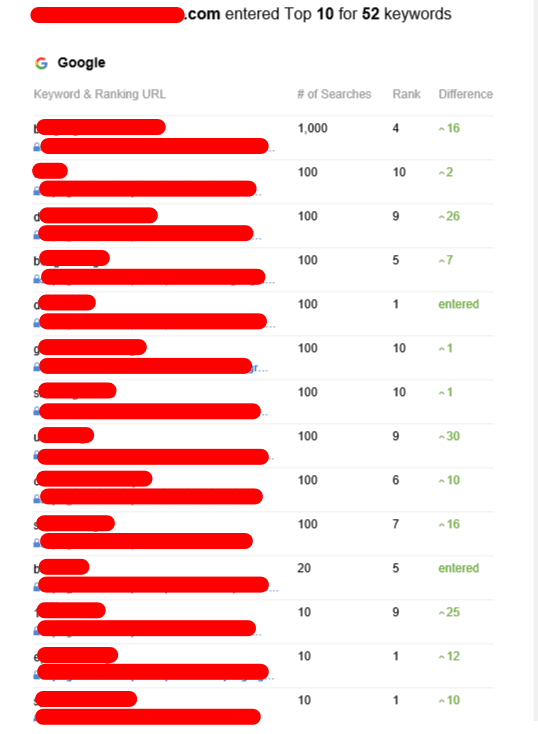Tiered Link Building
Tiered link-building is a popular SEO strategy to build backlinks, which improves your website's PageRank. It is a black-hat strategy however, and may result in an infringement penalty from Google.

First-tier backlinks can be considered to be relevant quality links that can drive many PageRank towards your site. These links are typically acquired through guest posts, press release and social media profiles. They can also be found in directories.
Tier 1
Tiered link building is a method to increase the authority of your domain by linking to pages on other websites that have a high rank. This process is called link juice transfer, and is a powerful method of SEO. Link building that is tied can be performed manually or by using automated tools. If you are using automation tools, you must be sure to follow Google's Webmaster guidelines. You could be in violation of Google's terms of service and could be penalized.
A first-tier backlink can be described as a dofollow link that transfers PageRank value to the target website from its parent website. You can obtain these links by doing link outreach and by creating relevant content. You'll want links from authoritative sites with high domain authority. For instance, a first-tier link to Real Business could be useful for your particular niche since it would pass a lot of authority to rank your website.
Second-tier hyperlinks are used to boost your domain's authority by directing them to guest blog posts on higher-ranking websites. This is a great way to increase your rankings since it signals that you're in good relationship with the site that has a higher authority. These links are available through forums, social media and bio profile links. Avoid using Tier 2 backlinks that come from websites with content that is spammy.
Tier 2
Tier 2 backlinks are an excellent method to increase the strength of your existing links. These backlinks can help you improve your position on Google and bring more traffic to your website. Tier 2 backlinks are cheaper than first-tier links. However you should build tier 2 backlinks to pages that have high domain authority. The right link building strategy will ensure that your campaign is successful.
In the case of the second tier of backlinks, quality isn't as crucial as it is for first-tier backlinks. In fact, you can use links from sites with a lower domain authority, as long as they don't appear unprofessional. This includes directories, review sites social bookmarking sites forums, links from forums, and web 2.0 hyperlinks. It is important to avoid using automated tools for tier 2 backlinks since they can be detected by search engines.
It is crucial to choose an tier-2 donor site that has a positive reputation and is relevant to your topic. For instance, if your topic is writing about digital marketing agencies You should choose a site that has an excellent SEO profile and a large online audience. Otherwise, you'll be in the wrong place and wasting your time. That's why it is recommended that you choose a donor site of tier 2 which has a DR between 20 and 50.
Tier 3
Generally speaking, tier 2 backlinks are used to boost existing links that already have page-level power. They can also be a great way to boost the authority of a brand new blog or website which requires some additional assistance in ranking in Google. You should be cautious about the way you use Tier 2 backlinks. It is not recommended to use them to directly link to your website for money It is advised to build tier 2 backlinks from high quality sites that have good domain authority.
Second-tier links can include a mix of nonfollow and dofollow links and should come from relevant, authoritative websites. This includes PBNs (public-private networks) as well as article directories, forums social media posts as well as web 2.0 sites. It is crucial to remember that you must comply with Google's guidelines for creating links on this kind of website.
Tier 3 links are among the lowest quality links in your link-building plan. They're often nofollow and don't have much link equity, but they can boost your site's domain authority. This helps it rank higher in search engine results, which can result in more traffic and sales.
tier 3 backlinks are currently using tier-based link building but there are risks involved. It's possible to view it as a gray-hat technique that violates Google guidelines and could result in penalties. It may be effective in certain situations, however, it's important that you do your research to determine the best strategy for your company.
Risks
Tiered link building can be an unpopular strategy that could harm your site's search engine optimization. Tiered links are only effective when they're your only way to increase your backlink profile, and you have the resources to make it happen. You may end up submitting spam to Google and risking a penalization.
Utilizing tier links can be a risky business, particularly when you employ a black-hat method. These are usually linked schemes that can be short-lived. Google will eventually get used to your scheme, or you will simply tire of maintaining fake backlinks.
The possibility that tiered links may affect your ranking by dispersing too many link juices is a different problem. Your score will decrease when you receive too many links from websites that are of poor quality. This happens when companies utilize automated tools to create excessive links.
Lastly, tiered links can be hard to monitor and track. It is imperative to use a tool which allows you to view all links in your backlink profile to monitor their performance. It's easy to overlook some hyperlinks and lose their worth. The good news is that there are a variety of ways to get your backlinks, and the benefits can last for a long time.
